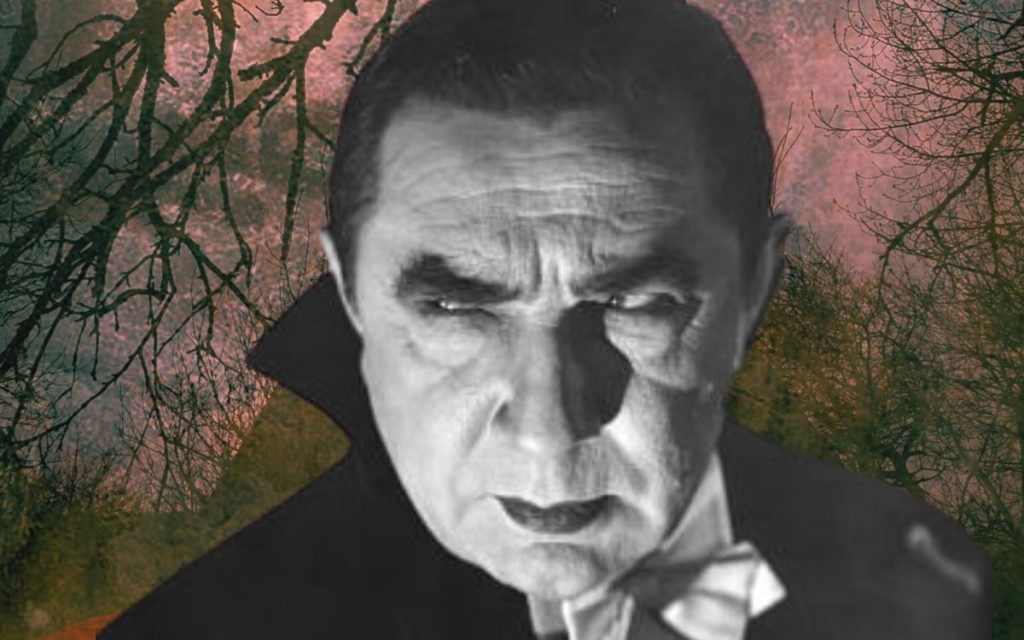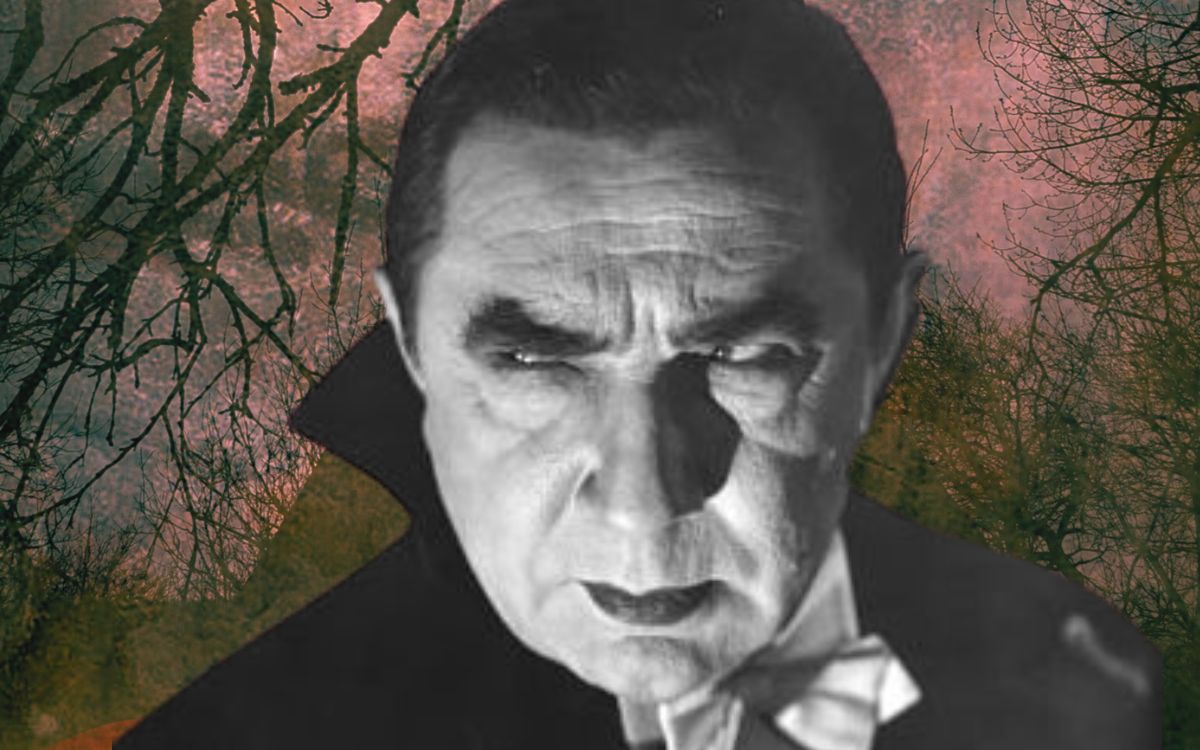Dracula adaptations endure through the years because each one brings the legend back to life, writes guest writer KATHERINE SANKEY
The history of Dracula is one of constant adaptation. From theatre to film to audio, Bram Stoker’s beloved vampire tale continues to be retold over and over again.
It is these multiple retellings that make Dracula a fascinating subject in terms of literary and adaptation theory, which is what I hope to explore here.
However, I must begin with a caveat. This article is meant to be a fun and somewhat educational look at Dracula and its films in relation to some theory.
I am not attempting to serve up an in-depth academic paper, and frankly I think we can all be thankful for that!
It is also worth noting that defining concepts can be difficult, even for academics and critics, and that my definitions are not the complete story. Now, having made that clear, let’s consider some theory.
The first thing I want to discuss is the concept of intertextuality. This is a term that refers to how texts – books, poems or films – do not exist in isolation, but are always connected to, and in conversation with, other texts.
Discussing intertextuality and adaptation can be complicated, since it raises questions about where adaptation begins and ends.
For this example, however, I would consider adaptation to be an intentional attempt to recreate a text.
Meanwhile, intertextuality can be seen as more referential.
To illustrate this, let’s look at Dracula’s cloak. David J. Skal in his book Hollywood Gothic explains how the vampire’s famous high-collared cape originated in the 1927 stage production, where it was used to help the actor pull off a disappearing trick on stage.
This show was then adapted into the 1931 film with Bela Lugosi, with the cape becoming part of his iconic look. From there, other depictions have copied the cape.
What is even more interesting is that the cape has not remain confined to Dracula and his adaptations. Instead, it has become associated with vampires in general, especially in media aimed at younger audiences.
For example, in the 2000 family comedy film The Little Vampire, the vampire parents both wear cape-like coats with high collars.
Even searching online for an image of vampires results in several pictures of broody-looking men in capes or coats with upturned collars.
When the cape is used like this, as a general reference to vampires, this is intertextuality. However, it is intriguing to note how it started off as a specific detail moving from adaptation to adaptation.
The other interesting idea I wanted to discuss was how, from an academic point of view, Dracula’s adaptations might be considered successful.
It seems to me that adaptations, especially of beloved books, are often judged on their faithfulness to the original – for instance, the new Wuthering Heights trailer is already being criticised!

However, when we look at adaptation theory, we find that literary scholars such as Linda Hutcheon argue that adaptation is ‘a creative and interpretative act of appropriation’ (Hutcheon 2006).
This is perhaps why so many of Dracula’s adaptations are considered classics, because the audience are embracing and appreciating the process of adaptation.
Nevertheless, I would also argue that, even when directors and writers go way off-book, the final product still feels like Dracula.
Again we can look to Linda Hutcheon for an answer.
She tells us that ‘most theories of adaptation assume […] that the story is the common denominator’ (Hutcheon 2006) and thus the key to success.
However, she also explains that many audience members actually ‘resort to the elusive notion of the “spirit” of a work’ (Hutcheon 2006) when considering whether an adaptation is successful.
I believe this is the reason why Dracula’s adaptations often work, because the spirit of the book is always present in the character of the Count.
Even when he is shown to be more sympathetic, Dracula is always the monster, the threat at the centre of the narrative.
He is the key, the embodiment of Stoker’s novel, and wherever he is transplanted, that is where Dracula happens.
Have you experienced a memorable Dracula adaptation on screen or stage? Tell us in the comments section!
KATHERINE SANKEY is a freelance writer from the East Midlands. A recent graduate of the University of Kent, she has written flash fiction for Daily Science Fiction, Flash Point Science Fiction, Coffin Bell, Black Hare Press and Wicked Shadow Press. Her most recent short horror story ‘Coffin Box’ was recorded as a Patreon audio for the website Creepy.


